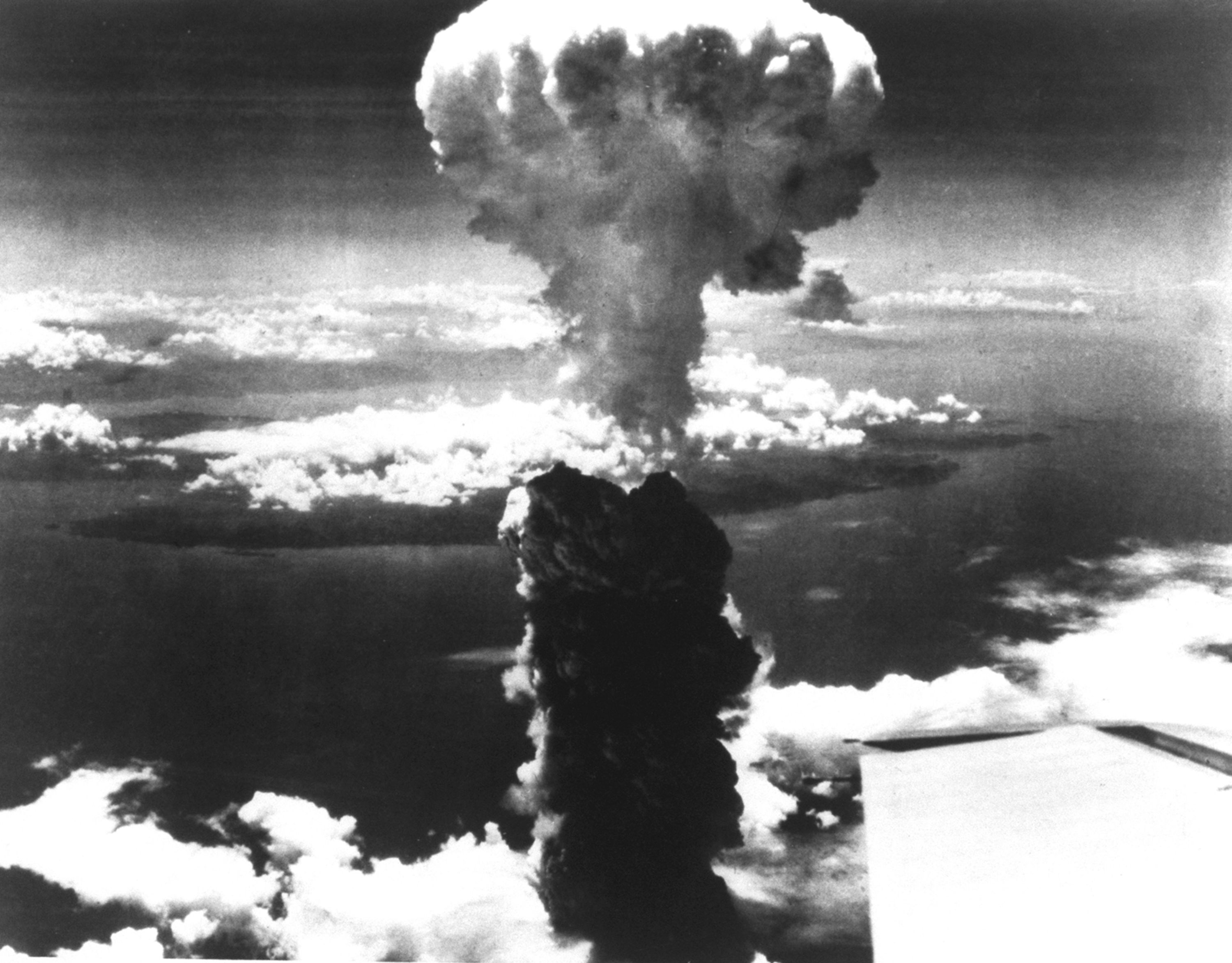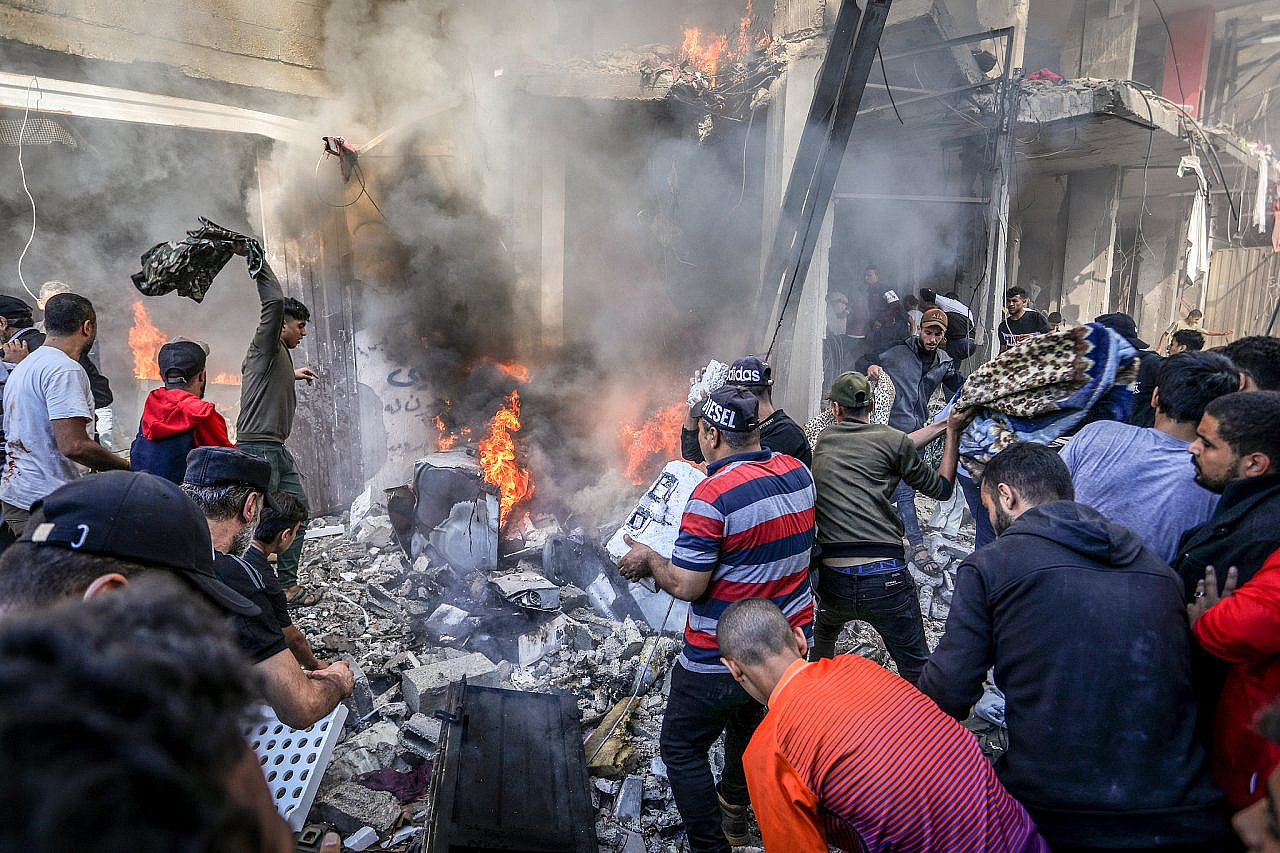 In what passes for a mausoleum here, the body of Saddam Hussein lies in the middle of a marble octagon, under a giant twinkling chandelier and purple, orange and blue blinking lights. His grave is covered with Iraqi flags, candies thrown from children and bundles of plastic flowers.
In what passes for a mausoleum here, the body of Saddam Hussein lies in the middle of a marble octagon, under a giant twinkling chandelier and purple, orange and blue blinking lights. His grave is covered with Iraqi flags, candies thrown from children and bundles of plastic flowers.
It has been four years since the former Iraqi leader was executed, and over that period it has been rare to see any more than a trickle of Iraqis show up to pay tribute in his home town, just outside Tikrit But over the past few months, the crowds have begun to grow.
On some recent weekends, more than 100 people at a time have crowded the mausoleum, somehow compelled to travel to the shrine of the man who once terrorized large parts of the country’s population. Some visitors say they are acting out of nostalgia, not just for a safer Iraq, but for a more stable Middle East, like the one that predated the upheaval of the current Arab Spring.
“He was the lion of the Middle East; he was stronger than all of the other Arab leaders. Look at them, they are falling now like flies,” said Abu Hamza al-Khazraji, a Shiite who this week spent a morning driving to Hussein’s grave with a carload of elders from the village of Dujail.
“Maybe the only one like him was [Libyan leader Moammar] Gaddafi, and now Americans are targeting him,” said the man’s brother, Abu Ali al-Khazraji.





 The United States will mark the 84th anniversary of the Japanese attack on the U.S. naval...
The United States will mark the 84th anniversary of the Japanese attack on the U.S. naval... On Monday, August 6, 1945, after six months of intense firebombing of 67 other Japanese cities,...
On Monday, August 6, 1945, after six months of intense firebombing of 67 other Japanese cities,...:focal(1285x1016:1286x1017)/https://tf-cmsv2-smithsonianmag-media.s3.amazonaws.com/filer_public/d1/4e/d14ed238-3b62-4506-9f53-fc2178dade60/nov2025_d17_prologue.jpg) In the fall of 1945, a bit more than six years after Nazi Germany invaded Poland...
In the fall of 1945, a bit more than six years after Nazi Germany invaded Poland... In 2021, a book titled “The Human-Machine Team: How to Create Synergy Between Human and Artificial...
In 2021, a book titled “The Human-Machine Team: How to Create Synergy Between Human and Artificial...






























